Home>Garden Essentials>When Do Cosmos Germinate
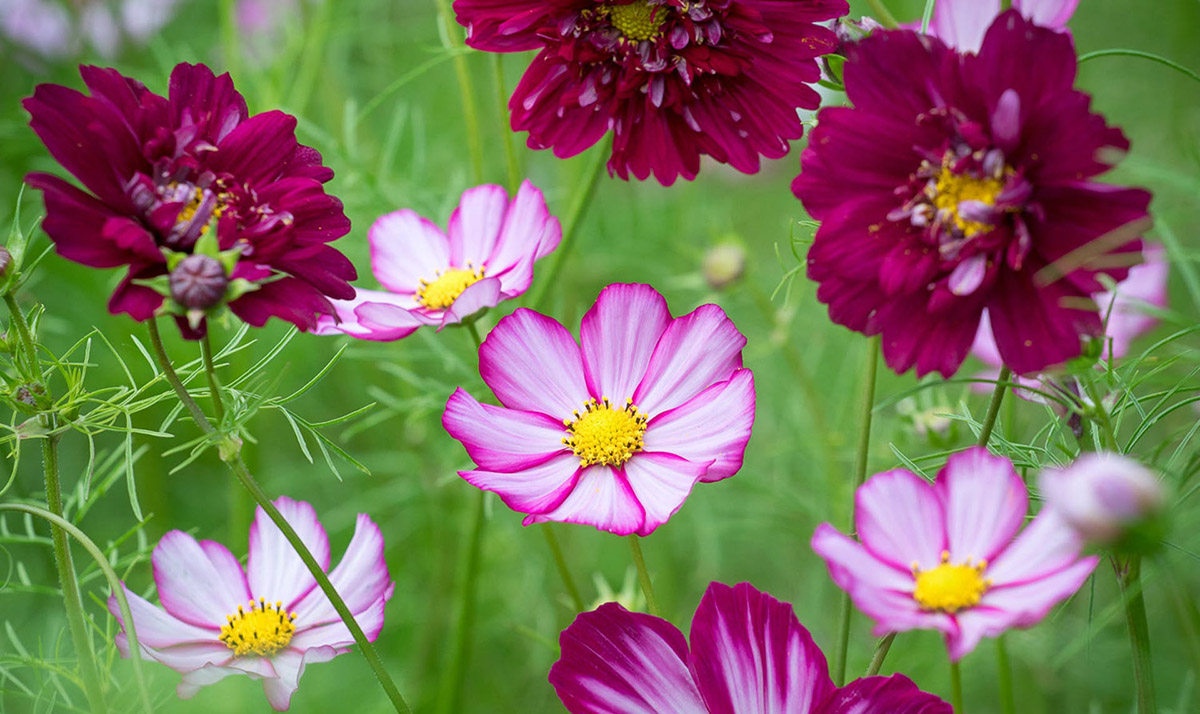

Garden Essentials
When Do Cosmos Germinate
Modified: August 20, 2024
Learn the best time for cosmos to germinate in your garden and maximize your flower yield. Discover expert tips and advice to start growing cosmos successfully.
(Many of the links in this article redirect to a specific reviewed product. Your purchase of these products through affiliate links helps to generate commission for Storables.com, at no extra cost. Learn more)
Introduction
Germination is a fascinating process that marks the beginning of a plant’s life cycle. It is the process by which a seed develops into a new plant, equipped with roots, stems, and leaves. Understanding the germination process is essential for gardeners and plant enthusiasts alike, as it determines the success of sowing seeds and growing healthy plants.
Germination requires a combination of favorable conditions, including moisture, air, and optimal temperature. These conditions activate specific enzymes within the seed, initiating metabolic processes that break down stored nutrients and stimulate growth. As the seed absorbs water, it swells and softens, allowing the embryo inside to emerge and develop into a seedling.
During germination, the dormant seed undergoes significant changes both internally and externally. Roots begin to grow downward into the soil, anchoring the emerging plant and absorbing water and nutrients. Simultaneously, the shoot emerges above the ground, unfurling its cotyledons or seed leaves, which serve as the initial source of nutrients for the seedling.
The germination process is not uniform across all plants and can vary based on species, environmental conditions, and seed types. Some seeds may require specific temperature ranges, light conditions, or even a period of cold stratification before they can germinate successfully. Understanding these requirements is crucial for gardeners to ensure optimal conditions for seed germination.
In this article, we will explore various aspects of seed germination, including optimal germination conditions, timing variations in different environments, factors influencing germination success, and the significance of germination in plant growth. Let’s delve into the fascinating world of seed germination and unlock the secrets to successful plant propagation.
Key Takeaways:
- 1. Germination is the exciting process where a seed transforms into a new plant, needing water, air, and the right temperature. It’s like a plant’s magical “birth”!
- 2. Plants have cool tricks for germinating in different places, like in water or extreme environments. Understanding these tricks helps us grow healthy plants.
Read more: When To Plant Cosmos Seeds
The Germination Process
Germination is the process by which a seed develops into a new plant. It is a complex series of physiological and biochemical changes that transform a dormant seed into an actively growing organism. Understanding the germination process is essential for successful seed propagation and plant cultivation.
At its core, germination requires three essential factors: moisture, oxygen, and an optimal temperature range. These factors activate enzymes within the seed, triggering metabolic processes that break down stored nutrients and promote growth.
The anatomy of a germinating seed reveals the intricate structures and functions at play during germination. A typical seed consists of three fundamental parts: the embryo, the endosperm, and the seed coat. The embryo is the miniature plant contained within the seed, consisting of the embryonic root (radicle), the embryonic shoot, and the first leaves (cotyledons). The endosperm is the nutrient-rich tissue that surrounds and nourishes the embryo, providing it with essential carbohydrates, proteins, and fats. Finally, the seed coat is the protective outer layer that shields the embryo from harsh environmental conditions.
When favorable conditions are met, germination begins with the absorption of water by the seed. As the seed takes in water, it initiates physiological changes that lead to the activation of enzymes. These enzymes break down stored reserves in the endosperm, converting them into a form that the growing embryo can utilize for energy and growth.
As the stored nutrients are mobilized, the radicle, or embryonic root, emerges from the seed coat and grows downward into the soil. The radicle anchors the developing plant and absorbs water and minerals from the surrounding soil. Concurrently, the embryonic shoot, consisting of the hypocotyl and epicotyl, elongates and pushes upward through the soil surface.
Upon reaching the surface, the shoot undergoes photomorphogenesis, a process where light signals trigger the unfolding of the cotyledons. These initial leaves, which can vary in number depending on the plant species, provide the seedling with its early photosynthetic capability. As the cotyledons expand, they begin to produce energy through photosynthesis, further fueling the plant’s growth.
In summary, germination is a carefully orchestrated process that involves the activation of enzymes, the mobilization of stored nutrients, and the growth and development of the embryonic root and shoot. Understanding these intricacies allows gardeners to provide optimal conditions for seed germination and successfully grow healthy, vigorous plants.
Germination Timing
The timing of germination is crucial for the successful establishment of plants. It is influenced by various factors, including optimal conditions, seasonal variations, and environmental cues. Understanding these factors can help gardeners plan and optimize their sowing schedules for a bountiful harvest.
Optimal conditions for germination involve a combination of factors that provide the best environment for seed activation and growth. These conditions typically include adequate moisture, oxygen availability, and a specific temperature range. Different plant species have specific temperature requirements for germination, with some preferring cooler temperatures while others thrive in warmer conditions.
Seasonal variations play a significant role in germination timing, with many plants exhibiting specific germination patterns based on their natural habitats and climate. In temperate regions, for example, some seeds require a period of cold stratification during winter before they can germinate in the spring. This cold stratification mimics the natural conditions plants experience, allowing them to break dormancy and germinate when the weather becomes favorable for growth.
In addition to seasonal variations, environmental cues can trigger germination at the optimal time for a particular plant species. Some plants rely on specific environmental signals like temperature fluctuations, light availability, or even the presence of certain chemicals. These cues act as indicators that the conditions are suitable for germination and that it’s time for the seeds to activate and start growing.
For example, some seeds require specific light conditions to germinate. Some seeds are photoblastic, meaning their germination is influenced by light exposure. Photoblastic seeds can be further categorized into two types: positive photoblastic seeds, which require light for germination, and negative photoblastic seeds, which require darkness. Understanding these light requirements is crucial for proper seed germination and can be manipulated by gardeners using strategies such as varying exposure to light or covering seeds with soil to create darkness.
Furthermore, environmental factors like moisture availability can also impact germination timing. Seeds typically require adequate moisture to initiate the germination process. Some seeds are particularly adapted to germinate in specific moisture conditions, such as those found in aquatic environments. They may have adaptations like water-resistant seed coats or the ability to remain dormant until submerged in water. In contrast, other seeds may require well-drained soil to prevent rot and ensure successful germination.
Understanding the optimal conditions, seasonal variations, and environmental cues that influence germination timing is crucial for gardeners and plant enthusiasts. By aligning planting schedules with the natural germination patterns of various plant species, one can maximize success in seed propagation and ensure healthy, thriving plants.
Germination in Different Environments
Germination is a remarkable biological process that can occur in various environments, each with its own unique challenges and conditions. Plants have adapted to germinate in different habitats, including terrestrial, aquatic, and even extreme environments. Understanding these variations in germination can shed light on the remarkable resilience and adaptability of plants.
Germination in terrestrial habitats is perhaps the most familiar and common form of seed germination. These plants have evolved to germinate in soil, where they can access essential resources such as water, nutrients, and sunlight. In terrestrial germination, seeds absorb water from the soil, triggering enzymatic activity and metabolic processes necessary for growth. The emerging roots anchor the seedling in the soil, while the shoots reach towards the sunlight for photosynthesis. Terrestrial germination is the norm for the majority of plants we encounter in gardens, forests, and grasslands.
However, some plant species have adapted to germinate in aquatic habitats. These aquatic plants have unique adaptations for seed dispersal and germination in water. Seeds of aquatic plants may be buoyant and capable of floating on the water’s surface, allowing them to distribute over a wide area. Water serves as the medium for seed activation, with seeds absorbing moisture and oxygen necessary for germination. Aquatic plants have also evolved specialized structures such as flotational devices or elongated stems to ensure proper seed positioning during germination and seedling establishment.
On the other end of the spectrum, some plants have pushed the boundaries of germination by adapting to extreme environments. These extreme environments can include deserts, high altitudes, or even polar regions where the conditions are harsh and challenging for plant survival. To cope with these conditions, plants have evolved mechanisms to protect their seeds and ensure successful germination. Some seeds utilize dormancy mechanisms, allowing them to remain dormant until favorable conditions arise. For example, desert plants may have seeds that remain dormant until heavy rainfall occurs, providing the moisture necessary for germination.
In extreme environments, germination can be triggered by specific cues unique to those environments. For instance, in Arctic regions where the winters are bitterly cold, some plants require a period of cold stratification before they can germinate. This cold stratification ensures that seeds lie dormant until temperatures reach an optimal range for growth in the short summer season.
Germination in different environments highlights the remarkable adaptability of plants to various habitats. Whether it’s in familiar terrestrial landscapes, the dynamic world of aquatic ecosystems, or the challenging extremes of nature, plants have found ways to sprout, grow, and thrive, serving as a testament to their resilience and survival strategies.
Cosmos seeds germinate best in warm soil, so wait until after the last frost to plant them. Sow the seeds directly in the ground and keep the soil consistently moist for best results.
Factors Affecting Germination
Germination is influenced by several critical factors that can determine the success or failure of seed activation and subsequent growth. Understanding these factors is essential for gardeners and plant enthusiasts to create optimal conditions for seed germination. Let’s explore four key factors that affect germination: temperature, light, water availability, and soil composition.
Temperature and Germination: Temperature plays a crucial role in seed germination. Each plant species has an optimal temperature range for germination, with some preferring cooler temperatures and others requiring warmer conditions. Seeds are usually dormant, or in a resting state, until they are exposed to the appropriate temperature range. When the temperature is within the plant’s preferred range, enzymatic reactions are activated, allowing for the breakdown of stored nutrients and the initiation of growth processes. Extreme temperatures, whether too hot or too cold, can inhibit or even damage seed germination.
Light and Germination: Light availability is a critical factor for seed germination, although the sensitivity to light varies among plant species. Some seeds require exposure to light for germination, while others are inhibited by light and require darkness. Photoblastic seeds are those whose germination is influenced by light. Positive photoblastic seeds germinate in the presence of light, while negative photoblastic seeds require darkness. The perception of light by seeds triggers specific physiological changes that break seed dormancy and promote germination.
Water Availability and Germination: Water is vital for seed germination, as it initiates the metabolic processes that lead to growth. During germination, the seed absorbs water, which softens the seed coat and activates enzymes responsible for breaking down stored nutrients. Water also provides the necessary medium for the exchange of gases, allowing oxygen to reach the embryo and promoting respiration. Insufficient water availability can prevent germination or result in stunted seedling growth. Conversely, excessive water can lead to seed rot and fungal diseases.
Soil Composition and Germination: The composition of the soil in which seeds are sown can influence germination success. Soil provides physical support for germinating seeds and contains the essential nutrients required for seedling growth. Well-drained soils with good aeration are crucial for root development and the uptake of water and nutrients. Seeds also rely on soil composition for anchorage and stability during the germination process. Soil structure, pH levels, and nutrient content all play a role in determining the conditions suitable for seed germination.
Understanding and manipulating these factors can help gardeners optimize germination conditions. By providing the right temperature, light exposure, water availability, and suitable soil composition, gardeners can ensure higher germination rates, healthier seedlings, and bountiful harvests.
Read more: When Do Tulips Germinate
Germination and Plant Growth
Germination is a critical stage in a plant’s life cycle that sets the foundation for its growth and development. The successful activation and completion of germination play a vital role in a plant’s ability to establish itself, thrive, and reproduce. Let’s explore the link between germination and plant development, as well as the role of germination in plant distribution and its impact on crop production.
Link between Germination and Plant Development: Germination marks the starting point of a plant’s growth journey. During germination, the embryonic root, or radicle, emerges and anchors the seedling in the soil. Simultaneously, the shoot grows upward, unfurling its cotyledons and expanding its ability to harness sunlight for photosynthesis. As germination progresses, the root system develops further, acquiring nutrients and water from the surrounding soil, while the shoot elongates and produces more leaves. These seedling structures continue to develop into the mature plant, culminating in flowering, fruiting, and eventually seed production, completing the life cycle of the plant. Thus, germination sets the stage for the plant’s development and forms the basis for its overall growth.
Role of Germination in Plant Distribution: Germination plays a crucial role in the distribution and colonization of plants across different habitats. Seeds are dispersed through various mechanisms like wind, water, animals, or even human activities. Upon reaching suitable environments, these dispersed seeds need to germinate successfully to establish new populations. Depending on the plant species’ ecological adaptations, germination may be triggered by specific environmental cues, such as temperature, light, or moisture conditions. Some plants have evolved dormant seeds that can remain viable for extended periods, allowing for dispersal over long distances. Germination is therefore instrumental in the dispersal and colonization of plants, enabling them to populate diverse ecosystems.
Impact of Germination on Crop Production: Germination is a critical factor influencing crop production. In agriculture, seed germination is a precursor to crop establishment and yield. Farmers aim to achieve high germination rates to ensure a healthy stand of crops. Factors such as seed quality, environmental conditions, and proper seed treatment practices all contribute to successful germination in agricultural settings. Timely and uniform germination is crucial for crop productivity, as it leads to uniform emergence, reduced competition, and optimal use of resources. Additionally, proper germination sets the stage for subsequent crop growth stages, including root development, leaf expansion, and efficient nutrient uptake. Therefore, optimizing germination conditions through proper seed selection, sowing techniques, and management practices is vital for maximizing crop productivity.
The link between germination and plant development, coupled with the role of germination in plant distribution and its impact on crop production, highlights the significance of this critical stage in a plant’s life cycle. By understanding and manipulating the factors that influence germination, gardeners, researchers, and farmers can harness the power of germination to promote healthy plant growth, enhance biodiversity, and ensure sustainable crop production.
Conclusion
Germination is a captivating and vital process that marks the beginning of a plant’s lifecycle. Understanding the factors that influence germination and its role in plant development, distribution, and crop production is key to successful gardening and agriculture.
Germination requires optimal conditions of moisture, oxygen, and temperature, along with light cues for some plant species. Through the activation of enzymes, stored nutrients in the seed are broken down, allowing the embryo to develop into a seedling with roots for anchorage and shoots for photosynthesis.
Germination timing is affected by seasonal variations and environmental cues, allowing plants to adapt to their specific habitats. Aquatic plants have adapted to germinate in water, while others have evolved dormancy mechanisms to withstand extreme environments.
Temperature, light, water availability, and soil composition are critical factors influencing germination success. Seeds require specific temperature ranges, light conditions, and moisture levels to activate and grow. Soil composition affects root development and nutrient uptake, crucial for seedling growth.
Germination is tightly linked to plant development, forming the foundation for a plant’s growth, flowering, and seed production. Its role in plant distribution enables plants to colonize diverse habitats, while proper germination practices are essential for maximizing crop yield and productivity.
In conclusion, germination is a crucial stage in the life of a plant, with profound impacts on growth, distribution, and agricultural productivity. By understanding and manipulating the factors that influence germination, gardeners, researchers, and farmers can ensure successful seed propagation, healthy plant growth, and abundant harvests. So, let’s embrace the marvels of germination and cultivate our gardens and farms with knowledge and care.
Frequently Asked Questions about When Do Cosmos Germinate
Was this page helpful?
At Storables.com, we guarantee accurate and reliable information. Our content, validated by Expert Board Contributors, is crafted following stringent Editorial Policies. We're committed to providing you with well-researched, expert-backed insights for all your informational needs.
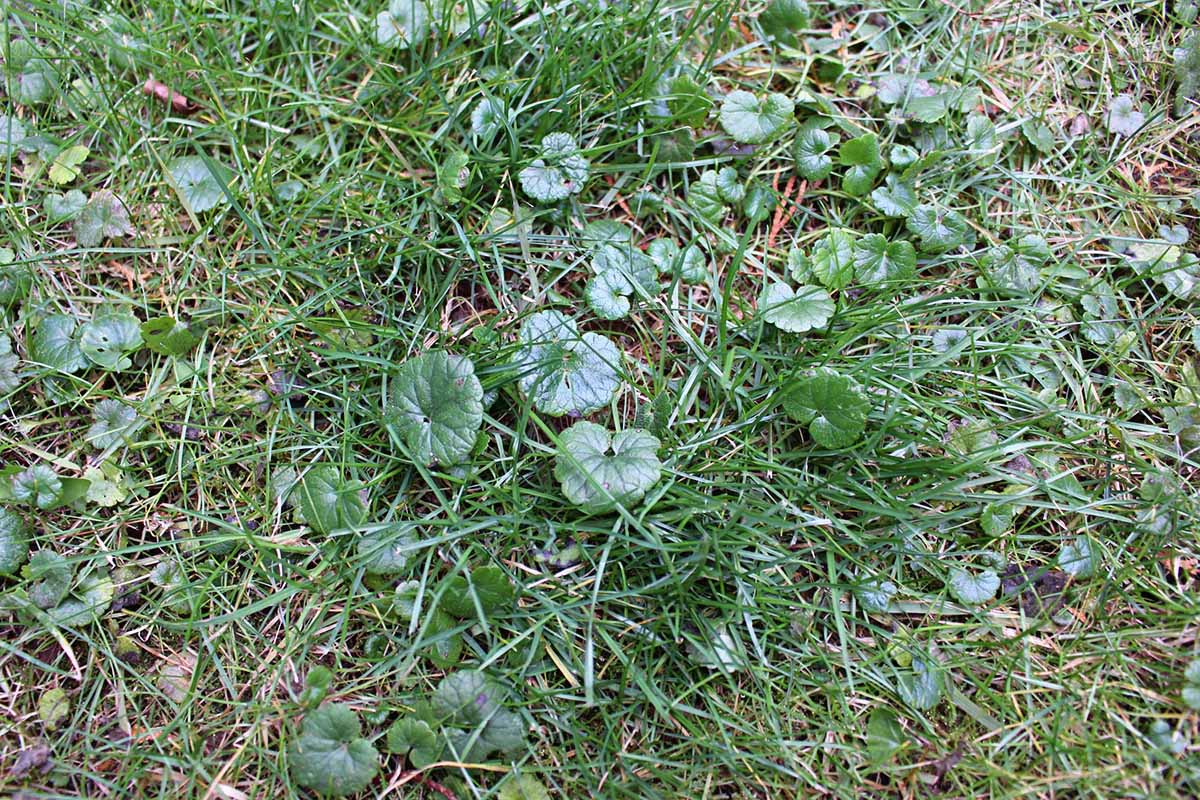
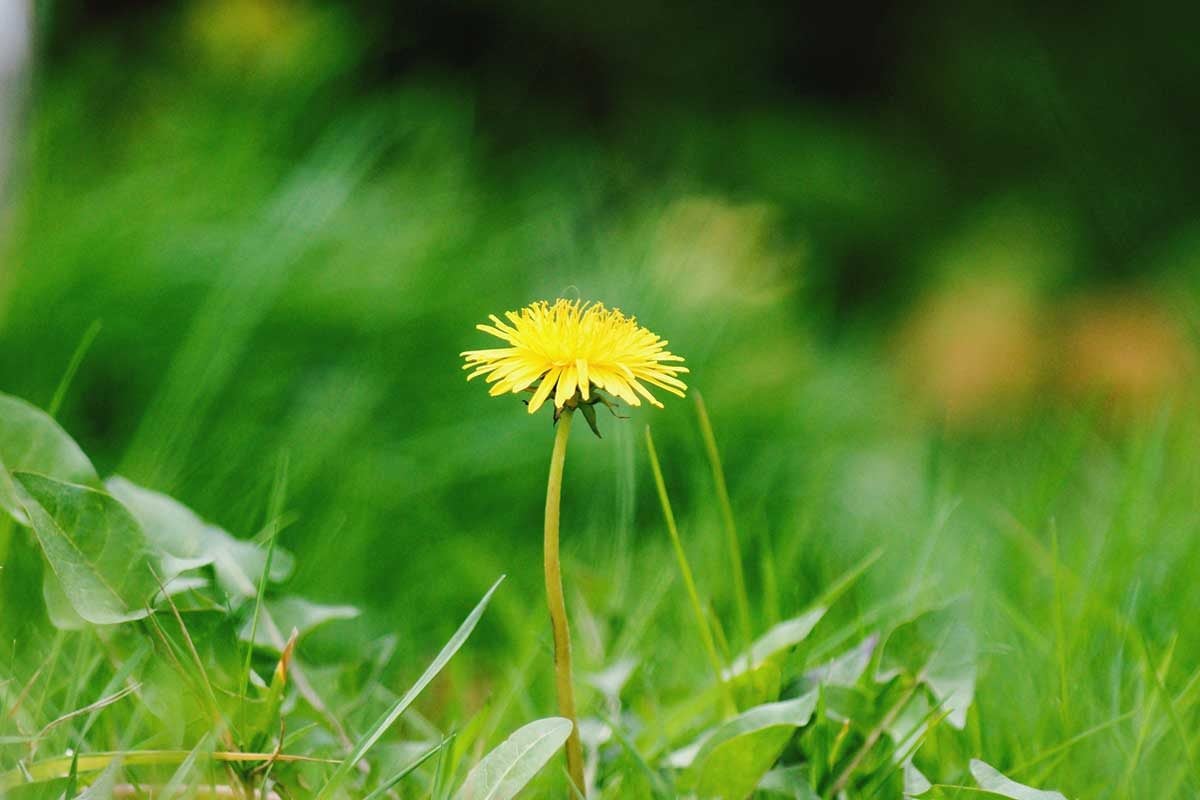
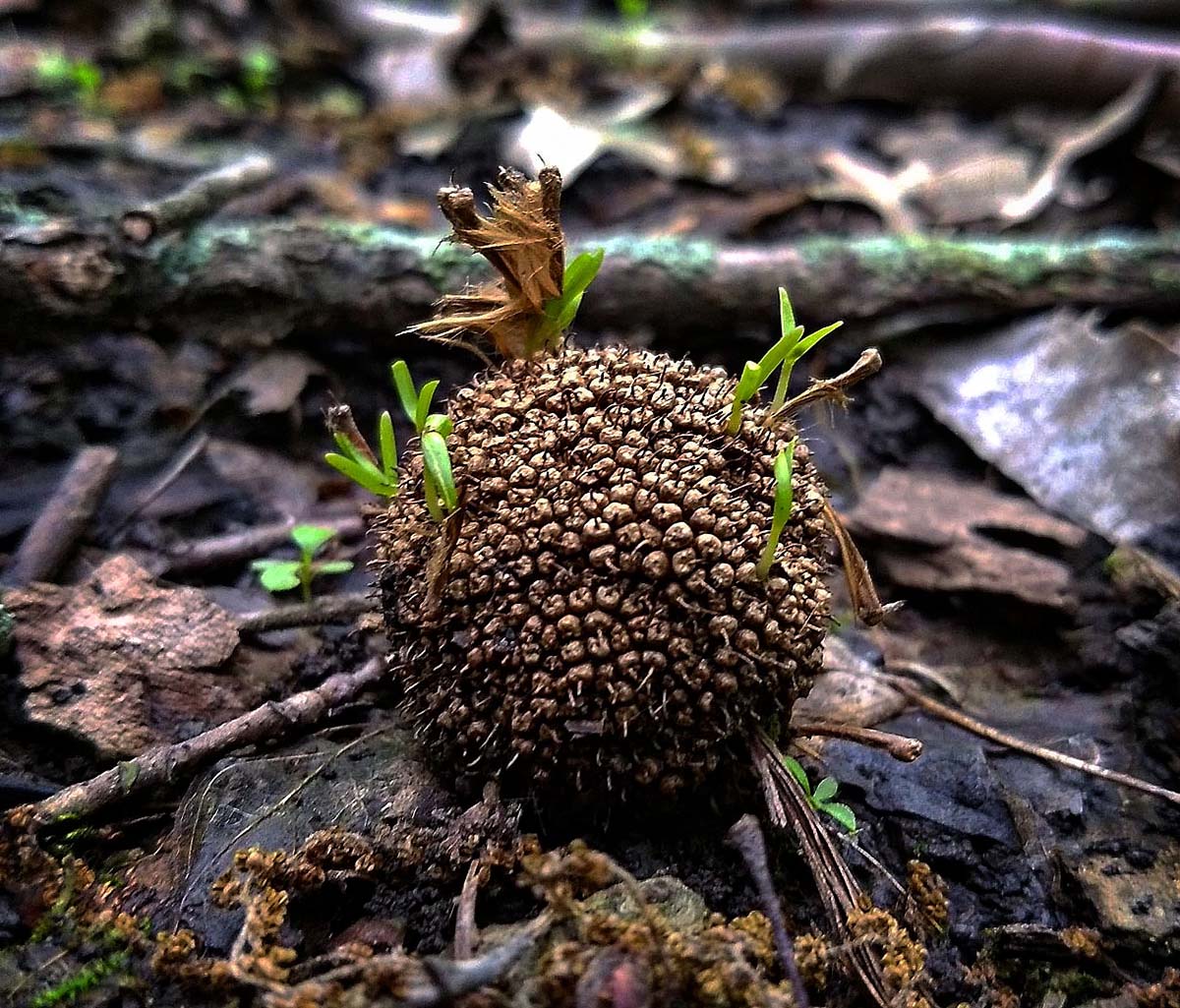
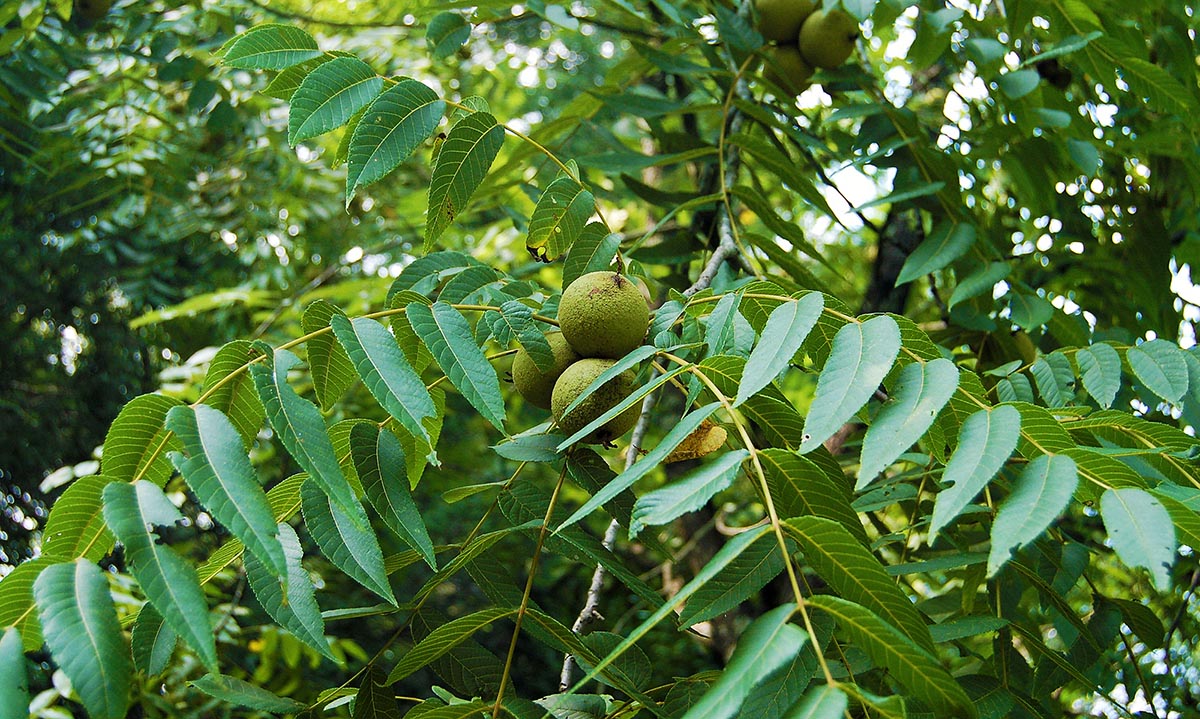
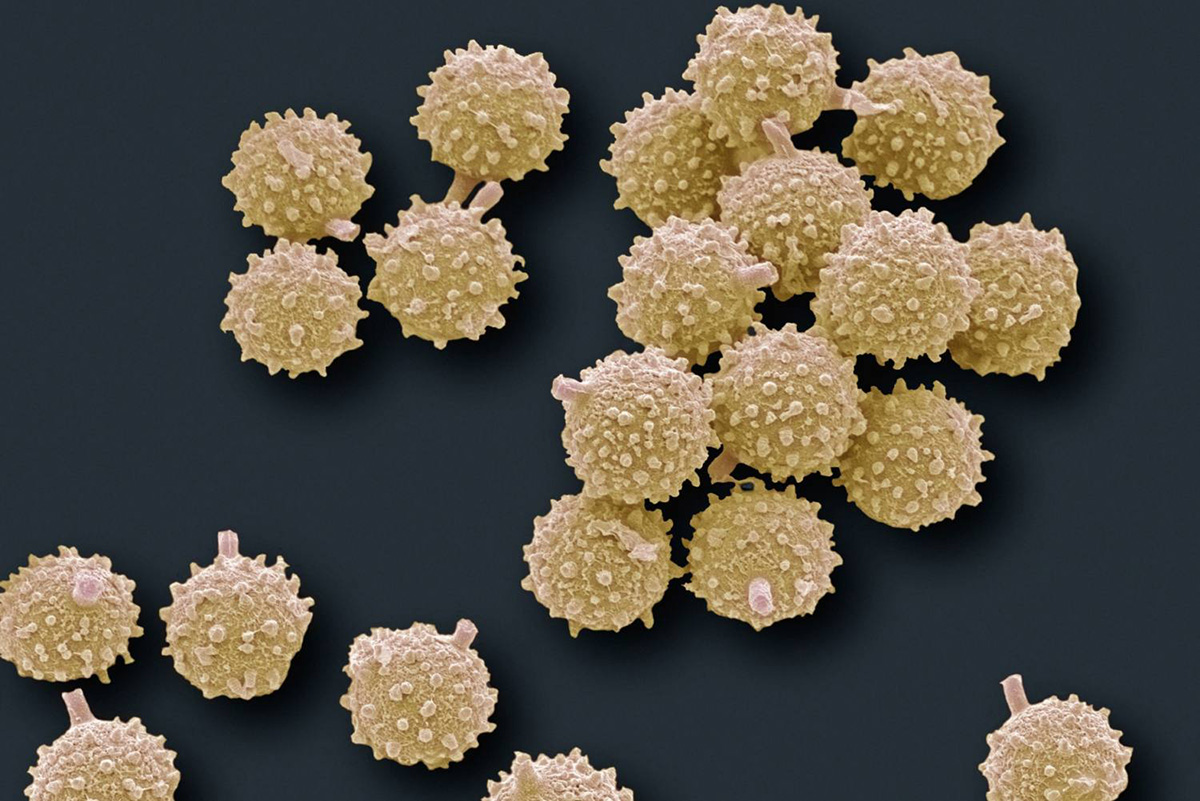
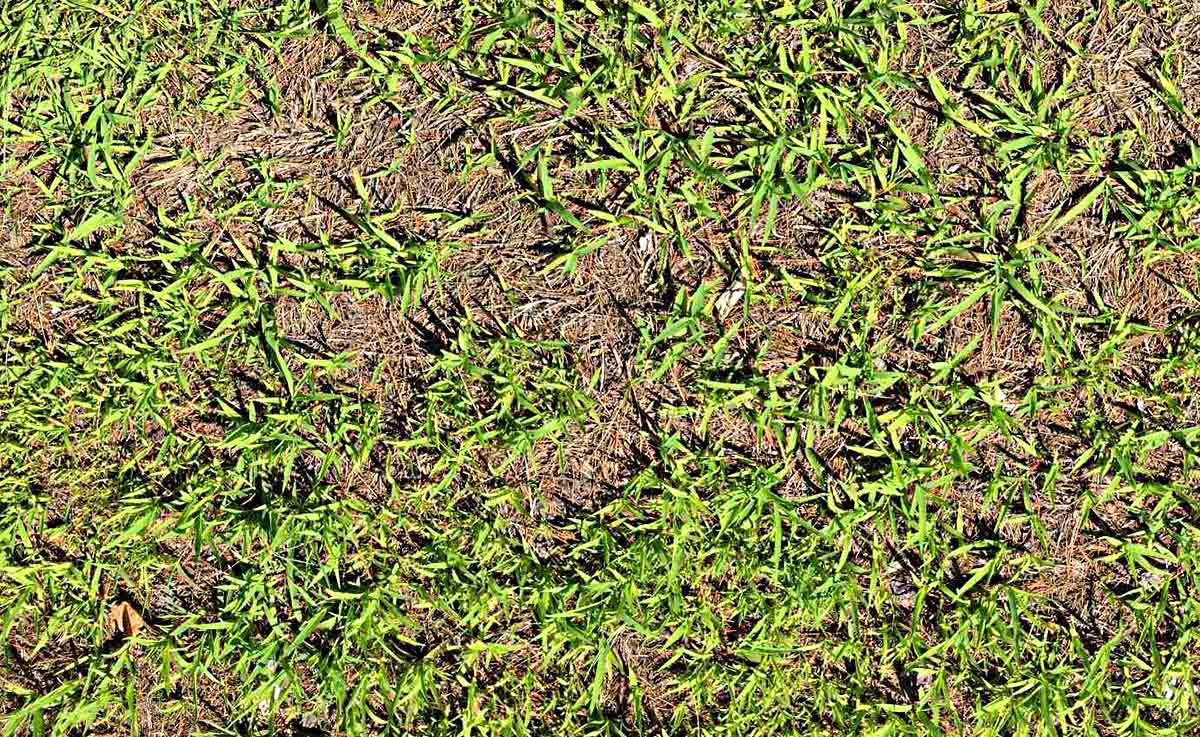
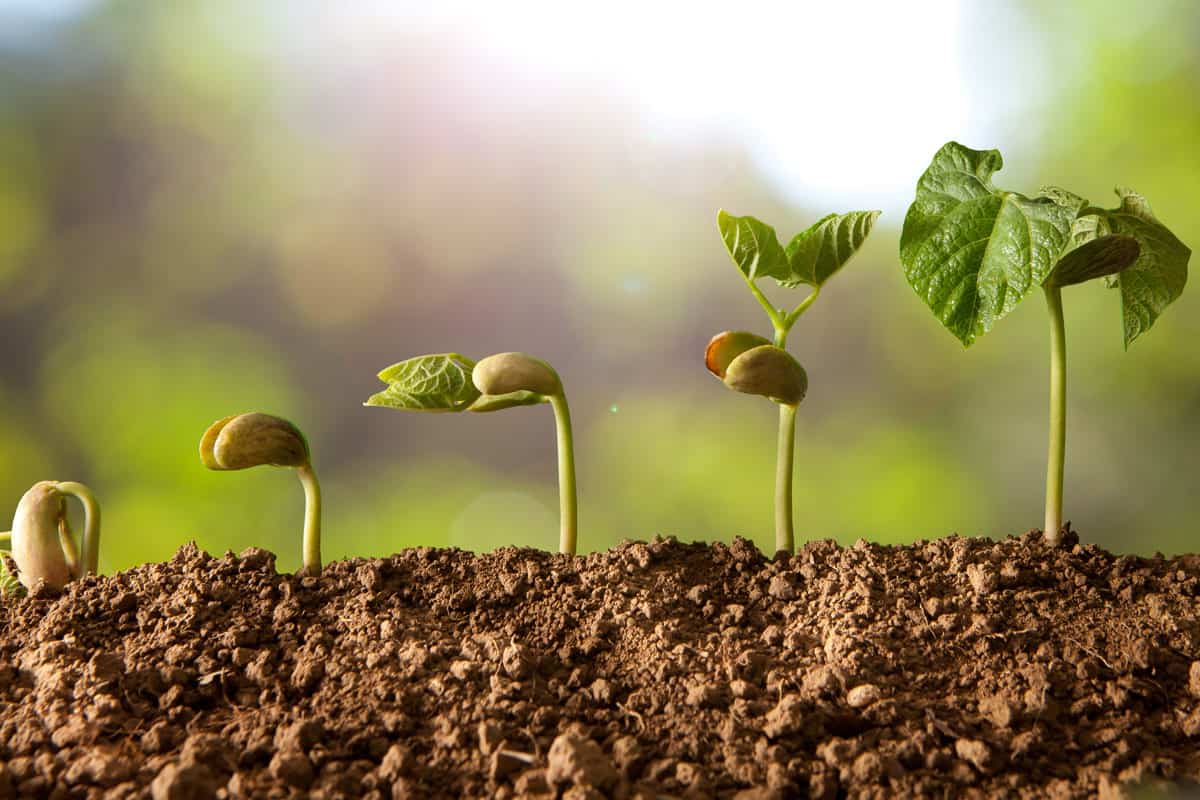
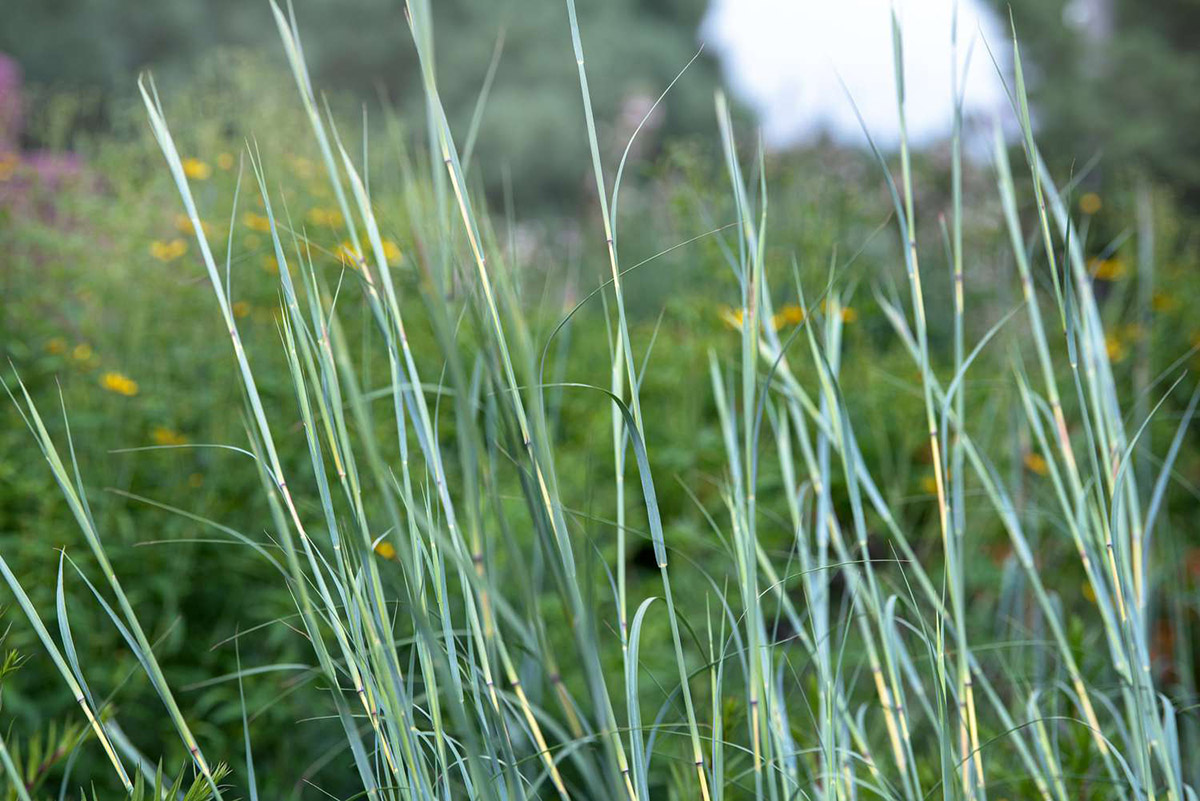
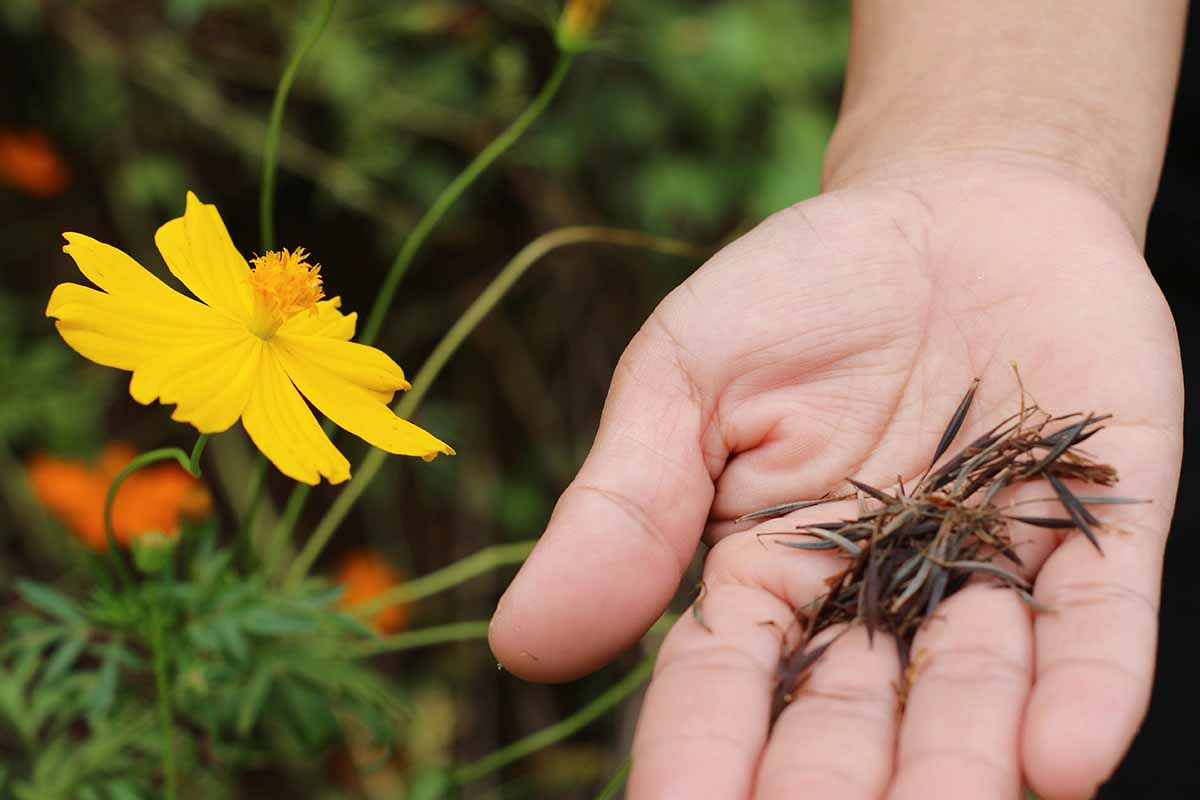
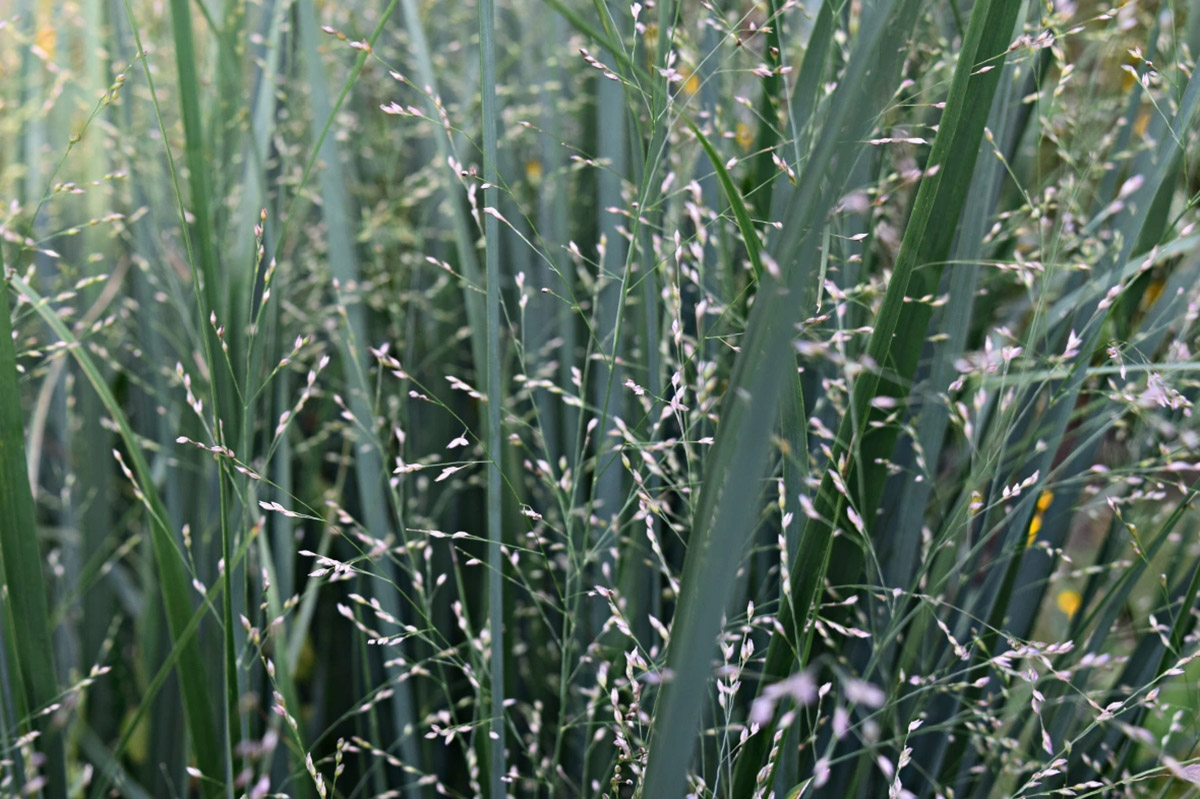
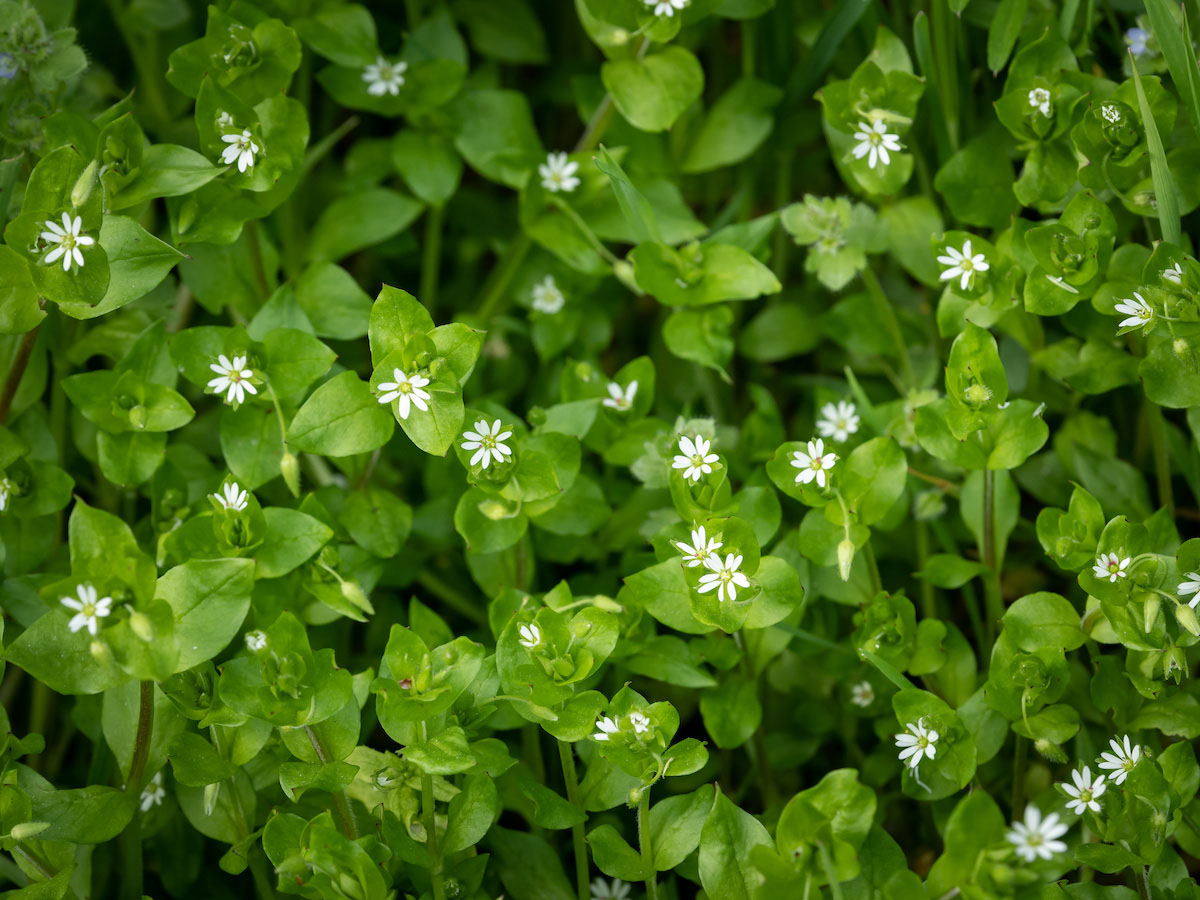

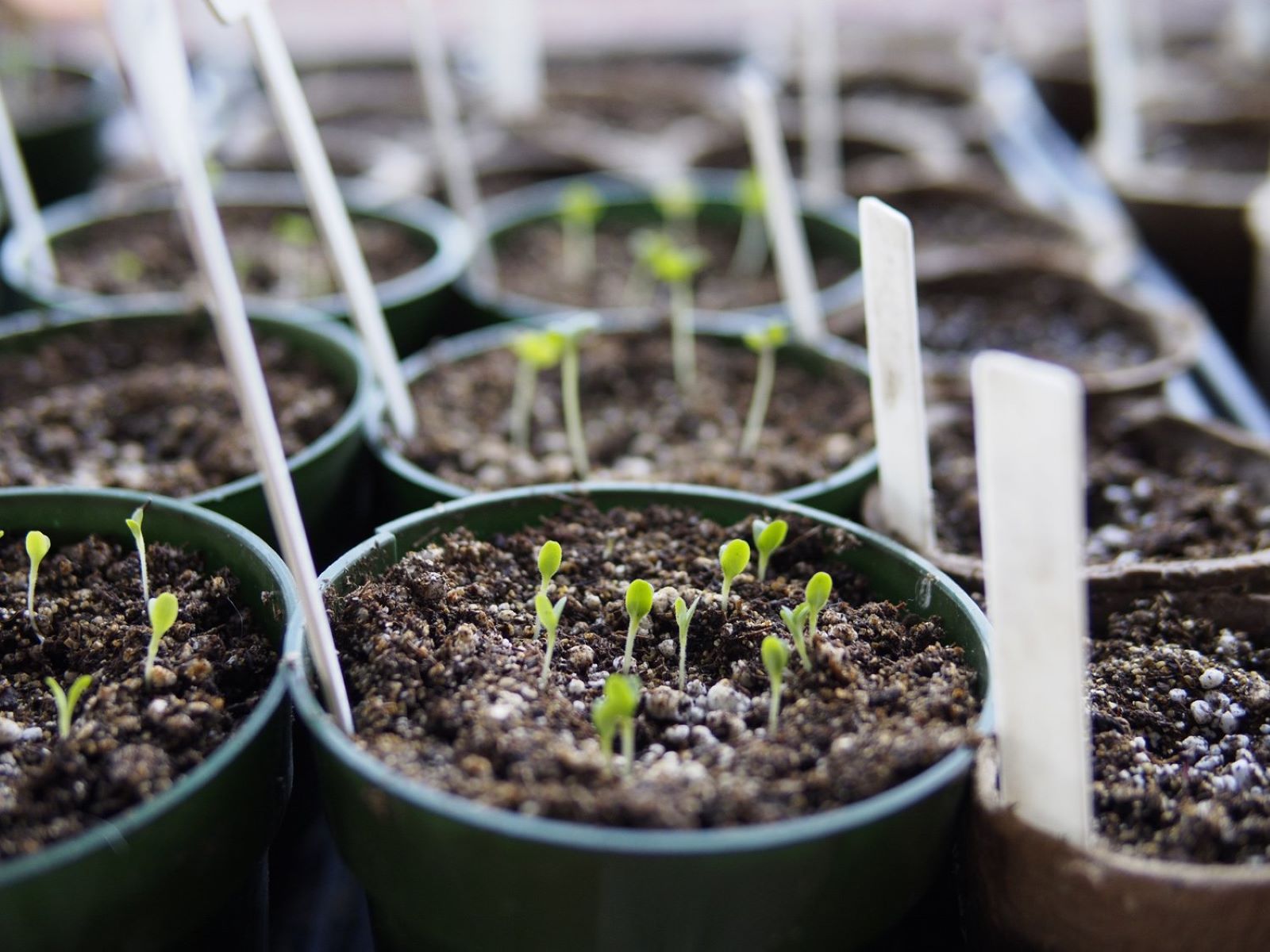
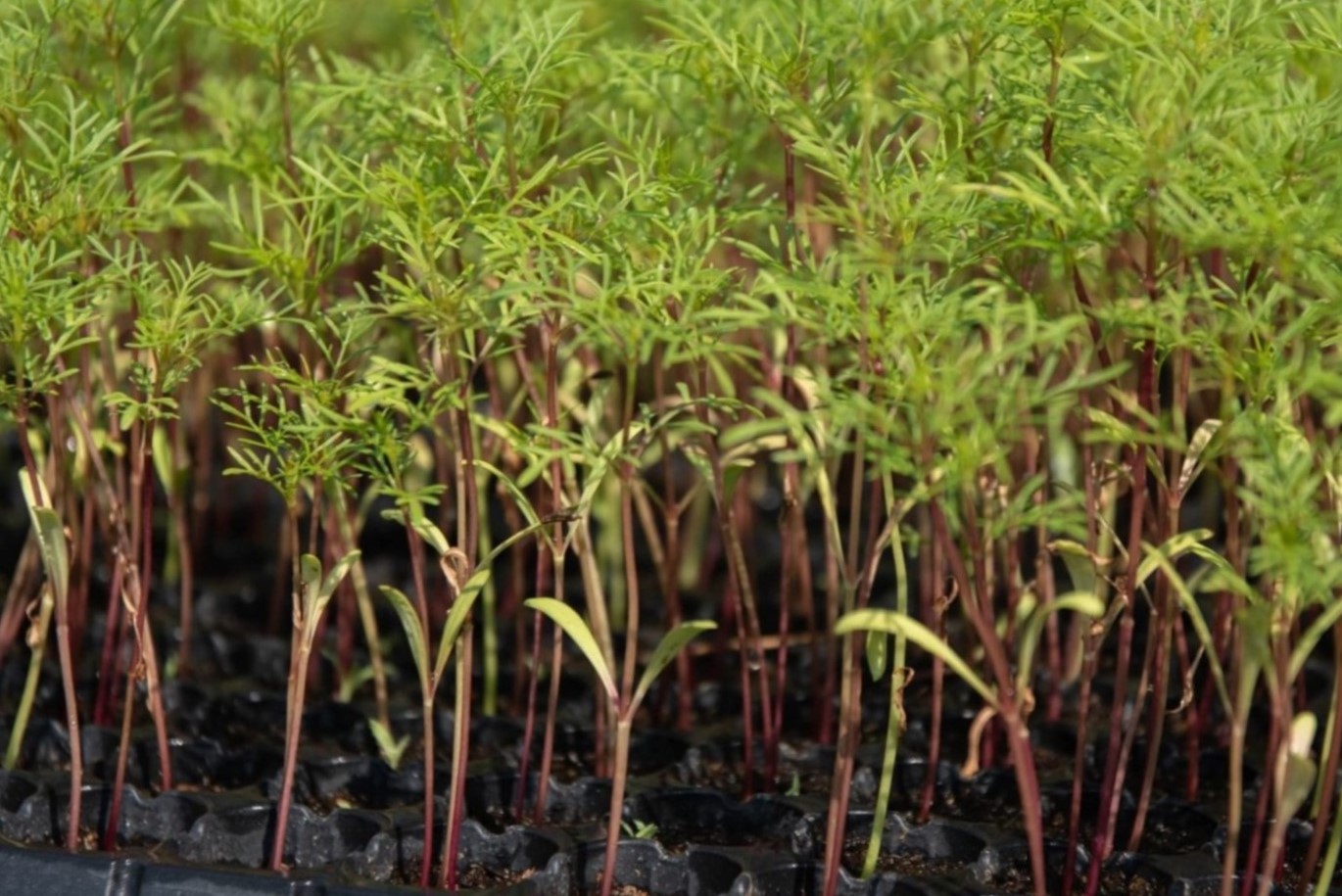

0 thoughts on “When Do Cosmos Germinate”